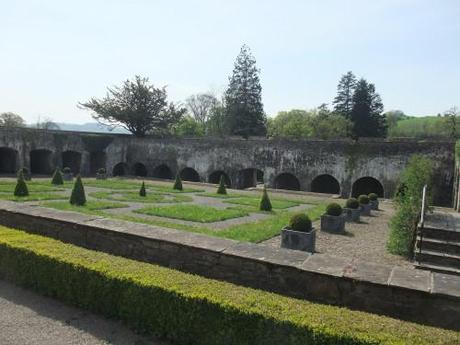 I have decided to take part in Garden Walk Garden Talk’s fortnightly meme ‘Word for Wednesday’ as I think the intellectual challenge will get my brain working, especially as winter draws in as there isn’t so much to blog about. This fortnight’s word is Evolve or Evolution. I have pondered about this for several days. I can’t write about the evolution of plants as this is such a huge subject; maybe I could talk about a particular plant evolving, growing from seed but I don’t have any appropriate photos which I think is important; I could write about my garden evolving but I have done that quite a bit recently. So I have decided to write about the evolution of English garden design. I have to right from the start issue a warning to this post. I am not a garden design historian or expert, this post is based purely on gardens I have visited which illustrated certain styles loosely arranged in historical order and yes I am sure there are stages missing.
I have decided to take part in Garden Walk Garden Talk’s fortnightly meme ‘Word for Wednesday’ as I think the intellectual challenge will get my brain working, especially as winter draws in as there isn’t so much to blog about. This fortnight’s word is Evolve or Evolution. I have pondered about this for several days. I can’t write about the evolution of plants as this is such a huge subject; maybe I could talk about a particular plant evolving, growing from seed but I don’t have any appropriate photos which I think is important; I could write about my garden evolving but I have done that quite a bit recently. So I have decided to write about the evolution of English garden design. I have to right from the start issue a warning to this post. I am not a garden design historian or expert, this post is based purely on gardens I have visited which illustrated certain styles loosely arranged in historical order and yes I am sure there are stages missing.
So we will start with the top photo taken at Aberglasney Garden in Carmarthenshire in Wales. The photo is of the Cloister Garden from the end of the Elizabethan period. This is a rare example of a terraced walkway. The grass has bulbs planted in it but not en mass as we might do now but more dotted around to create a jewelled effect. I suspect the cost of getting bulbs from the European/Asian borders was probably quite high at this time and so they would be treated as individual gems. As with many grand gardens through the ages the purpose is to demonstrate the owner’s wealth and to provide a place for walking and talking.
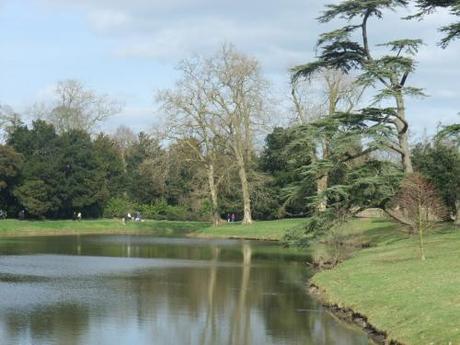
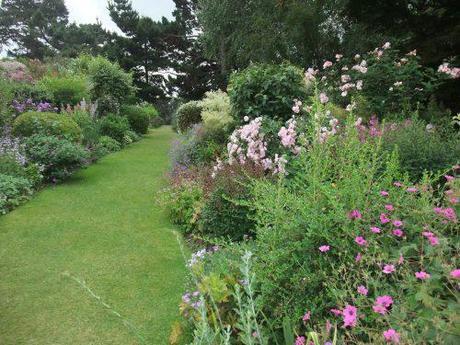
Moving swiftly on through time missing out the formal Victorian period with lots of massed planting we end up at the end of the Victorian period when Gertrude Jekyll was considered the ‘must-have’ designer. Jekyll, like William Robinson in The Wild Garden, had moved away from the vast brightly coloured Victorian bedding scheme and adopted a more naturalistic approach although not what we would consider naturalistic. Her approach was to introduce vast herbaceous borders with the plants very cleverly coordinated and harmonious. I should state that the borders above are not a Jekyll design but are the nearest I can find from gardens I have visited. These are at Kiftsgate Garden and date from around 1920.
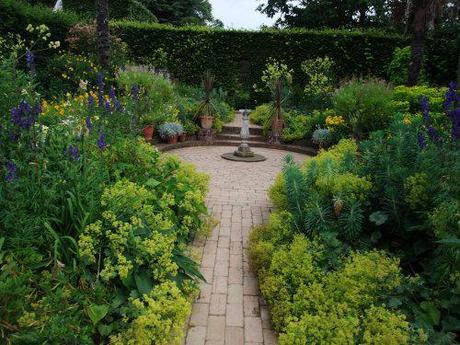
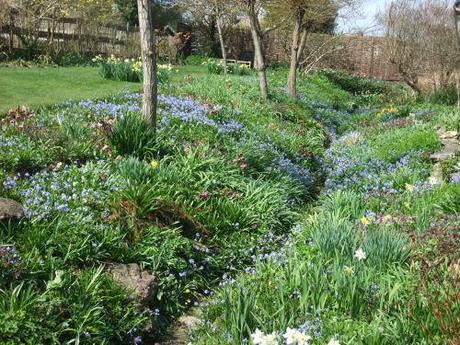
If we continue to move forward to the 1940-60s we come to the garden of Margery Fish, East Lambrook Manor. Margery Fish is attributed with taking the chocolate box image of cottage gardens so popular in the late Victorian period and created what we would now call ‘The Cottage Garden’. Unlike the proper original cottage gardens which combined edibles with flowers along with chickens and maybe a pig the romanticised Cottage Garden style is more about artfully mixed perennials, shrubs, annuals etc. This is a style which is very much still popular in the UK today.
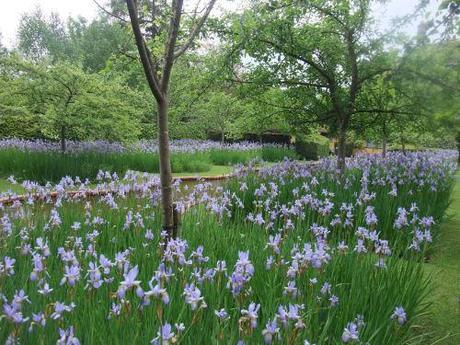
Finally, I leave you with Bryans Ground in Herefordshire – a garden I adore. This is very much an evolving garden having been created over the last 20 or so years. There are areas which would be described as cottage gardens but then there is the vast planting of Iris siberica (above) which I think is simply breath-taking. The ground also contain an arboretum which is progressively being added to and there is a cleverness and artistic hand behind the alleys of trees and vistas. I think Bryan’s Ground is bringing our journey almost full circle. The formality of the Iris siberica planting reminds me of the formality of the Elizabethan Cloister Garden but taken to another level.
I find it fascinating to look at how English garden design has evolved and the factors that have contributed to it whether it be the discoveries of plants from around the world, the need to display wealth and the shifting of that wealth to the new classes of people and then in the 20th century the idea of gardening as more of a past time for all classes rather than the preserve of the rich.
Do visit Garden Walk Garden Talk’s blog for more posts about Evolution or Evolving

